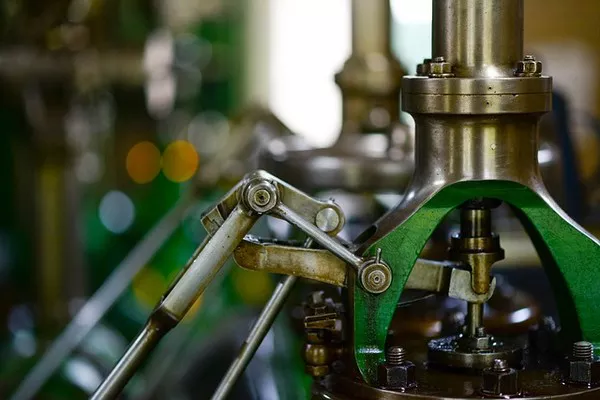Automotive manufacturers creating show cars require highly accurate parts with superior finishes, like switch packs and screen bezels, produced swiftly to ensure customer satisfaction.
When HPL Prototypes, a custom automotive parts company, sought to minimize the costs and delays of outsourcing additive manufacturing (AM), it turned to Tri-Tech 3D, a provider of Stratasys, One Click Metal, and XJet 3D printing solutions, for assistance.
Headquartered in Coventry, HPL Prototypes specializes in producing bespoke show cars for prestigious brands such as Bentley, Aston Martin, McLaren, and Jaguar Land Rover. The company develops prototypes and concepts with unique aesthetics for its clients before full-scale production.
Although HPL had in-house CNC machining equipment, it outsourced 3D printing for parts requiring properties beyond its capabilities, such as functional ultra-clear components. For instance, when producing ultra-clear headlights, HPL outsourced to a 3D printing bureau equipped with specialist materials for high optical clarity.
Outsourcing enabled HPL to deliver precise, specialized parts but introduced significant delays and costs, with one supplier charging tens of thousands monthly. Recognizing this as unsustainable, HPL sought its own in-house AM capability.
The Challenges of Outsourcing
“Outsourcing 3D printing helped us deliver essential parts but had drawbacks,” said Glyn Horsfield, finance director at HPL. “The expense of third-party services, potential production delays, and lack of cost control were major issues.”
Working with both international and UK-based suppliers extended lead times, especially with transportation delays. Outsourcing also complicated quoting processes, as HPL had to wait for bureau estimates before providing final quotes to customers.
“Outsourcing complicated deliveries,” added Tom Spicer, sales manager at HPL. “Bureaus prioritized multiple customers, making it difficult to guarantee timely delivery, especially for urgent requests.”
Bringing AM In-House
To reduce reliance on outsourcing, Tri-Tech 3D supplied HPL with the Stratasys NEO800 stereolithography (SL) system, designed for large, high-accuracy parts. The NEO800 features a large build area (800 x 800 x 600 mm) and a 2-Watt variable beam laser with dynamic size options.
Combining high laser power with advanced control, the NEO800 increases print speed and throughput, producing precise parts with superior surface quality. It is also an open-resin system, compatible with all 355 nm SL resins, allowing for material flexibility.
“The NEO800’s large print bed gives HPL a competitive edge, allowing single-build large parts like seat backs, improving aesthetics by avoiding split lines and reducing labor costs,” said Joe Godfrey, 3D print specialist at Tri-Tech 3D.
“We evaluated three systems, and the NEO was the clear choice,” added Horsfield. “Tri-Tech 3D offered a compelling package of ROI, quality, and technical support.”
Seamless Integration and Support
“The NEO800 is user-friendly, with an intuitive operating system,” noted Oliver Browning, CNC team leader at HPL. “Our team has responded positively, and it’s already benefiting our North West office in Stoke-on-Trent, which previously outsourced all 3D printing.”
If issues arise, Tri-Tech 3D provides prompt support. “We once had a surface finish problem, and their team quickly realigned the laser to fix it. Another time, a load trolley failure was resolved in just an hour,” Browning shared.
A Valuable Investment
“The NEO800 has already paid for itself and is financially valuable,” Horsfield continued. “It became cash flow positive from month one, achieving ROI in the first year—an exceptional feat for new production technology. It’s one of HPL’s best investments.”
HPL now uses the NEO800 with Somos® WaterShed XC 11122 material, producing strong, water-resistant parts with ABS-like properties and a smooth finish. The NEO800 also supplements HPL’s CNC machines, allowing production of critical parts even when CNC machines are occupied.
The NEO800 has opened new business opportunities for HPL, such as collaborating with Cranfield Aerospace Solutions on hydrogen-electric propulsion systems. In-house capabilities allow HPL to meet Cranfield’s requirements without outsourcing.
HPL recently launched Allesley, a coachbuilder specializing in high-end, personalized cars. With the NEO800, Allesley clients can visit HPL’s site to monitor their bespoke vehicle’s progress.
“Having our own AM system has significantly reduced costs and production delays, creating new business opportunities,” Horsfield concluded. “The NEO800 makes us more competitive by enabling high-quality, accurate component production for prestigious brands in-house.”

